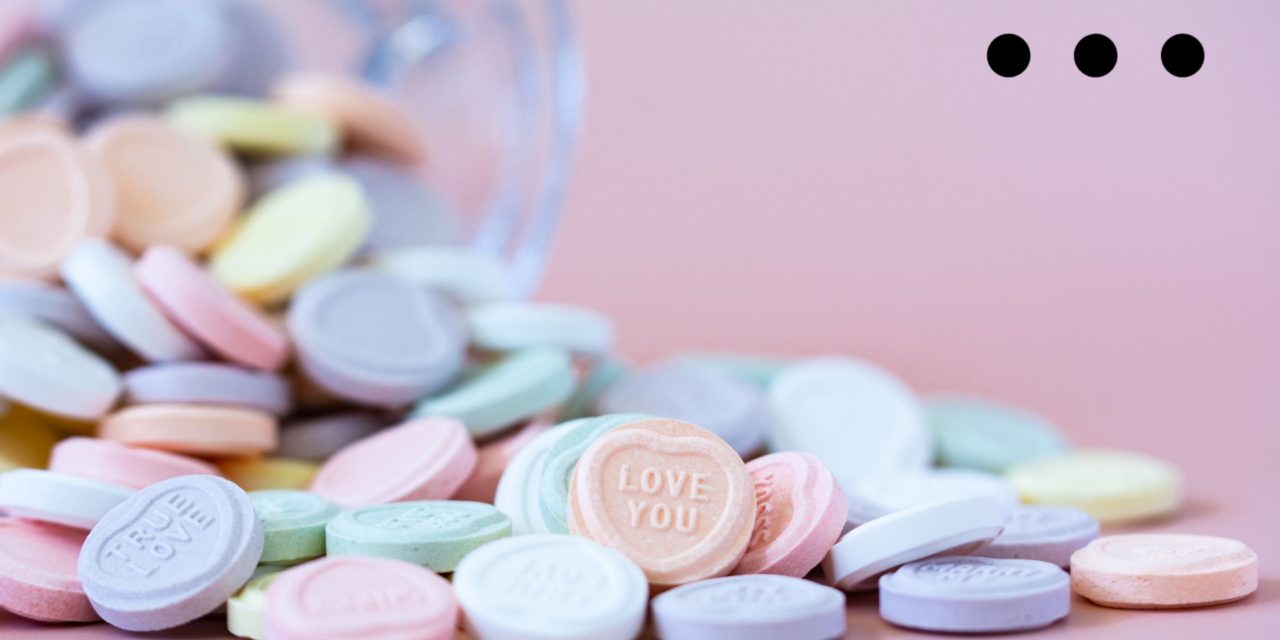The opioid epidemic spreads across the U.S., claiming tens of thousands of lives yearly. Synthetic opioids, in particular, claim the most lives. In 2021, there were 71,000 synthetic opioid-related overdose deaths, and most of those deaths involved fentanyl. As if contributing to thousands of deaths every year wasn’t enough, according to the U.S. Drug Enforcement Administration (DEA), some drug traffickers are now aiming for a particularly vulnerable audience, children and teenagers. How? With so-called “rainbow fentanyl” pills.
What Are Rainbow Fentanyl Pills?
According to a press release by the U.S. Drug Enforcement Administration (DEA), “rainbow fentanyl pills” are brightly-colored fentanyl pills, blocks, and powders distributed by Mexican drug cartels in a deliberate attempt to capture the attention of children and drug adults. They seem to be an attempt to disguise highly-addictive fentanyl pills and blocks as children’s candy.
Are They Really Aimed At Younger Demographics?
Despite the alarming DEA press release, some drug experts are skeptical that these rainbow pills are aimed at younger demographics.
News site NPR contacted multiple drug policy experts about the matter, and they agreed that there’s no risk of children accidentally ending up with rainbow fentanyl on their treat-or-treat bags this Halloween, a fear that went viral recently.
Additionally, many doubt the DEA’s original claim about these pills being aimed at youngsters. Nabarun Dasgupta, a researcher studying illegal drugs at the University of North Carolina, claimed that he had not seen any evidence to support the DEA’s claims. He also claimed that these colorful pills are nothing new and that his research team gets new samples almost daily.
Dr. Sheila Vakharia, head of research for the addiction think-tank Drug Policy Alliance, said that dealers might use colors and stamps to differentiate their product, not to market it to children. She also believes that these pills’ real public health danger lies in how easily they could pass for legal, fentanyl-free opioids from a pharmacy. The colors may be used to mimic prescription medication.
Are “Rainbow Fentanyl” Pills More Dangerous Than Other Fentanyl Formats?
No evidence suggests that rainbow fentanyl is riskier or has higher concentrations than other illicit formats, such as traditional fentanyl pills. Additionally, the DEA press release indicates that, despite claims that specific colors may be more potent than others, that doesn’t seem to be the case.
That being said, the fentanyl in the pills is as risky as it is in other illicit formats. Despite being approved for treating severe pain in medical settings, typically advanced cancer pain, it has the potential to be abused, and there’s a big market for illegal fentanyl trafficking.
According to the DEA, fentanyl is 50 times more potent than heroin and 100 times more potent than morphine. With such potency, the fentanyl equivalent to 10 to 15 grains of table salt would be considered a lethal dose. Synthetic opioids like fentanyl remain the deadliest drugs in the U.S., being involved in 66% of overdose deaths in 2021.
How to Talk To Your Children About Fentanyl
Whether rainbow or traditional fentanyl pills, this drug is a significant public health threat, and your children need to know about it. Here’s how to talk about rainbow fentanyl to children:
- Start a conversation with your child: Start with a general discussion about pain, stress, and medications. Explain that pain and stress are regular occurrences of life and offer suggestions for managing them.
- Explain what fentanyl is and why it is so dangerous: Explain that fentanyl was developed for the medical treatment of severe pain caused by advanced-stage diseases. Emphasize that it’s tasteless, odorless, and extremely easy to overdose on, given its extreme potency. Inform them about how it’s often mixed into counterfeit medication.
- If they are using opioids, focus on safety rather than punishment: Focus the conversation on how all drugs have risks and how you, as a parent, want them to be safe. Do not focus the discussion on the punishment they will receive for using drugs. Discuss peer support group meetings or outpatient treatment if you think it necessary.
- In case of an overdose: Common overdose symptoms are low or no breathing, gasping, snoring, clammy skin, and blue-tinged lips or nails. People who overdose on fentanyl may have pills, needles, or burnt foil around them. If you suspect your child is suffering an overdose, call 911 immediately, give them naloxone (if accessible), and provide rescue breathing.
The Bottom Line On Rainbow Fentanyl
According to drug experts, despite the original DEA claims, rainbow fentanyl is not aimed at children, teens, and young adults. However, rainbow fentanyl is still fentanyl, one of the riskiest illegal drugs in the U.S. Regardless of whether it’s aimed at younger audiences or not, it may end up in their hands. As adults, we are responsible for informing youngsters around us about the risks of fentanyl and other addictive drugs.

